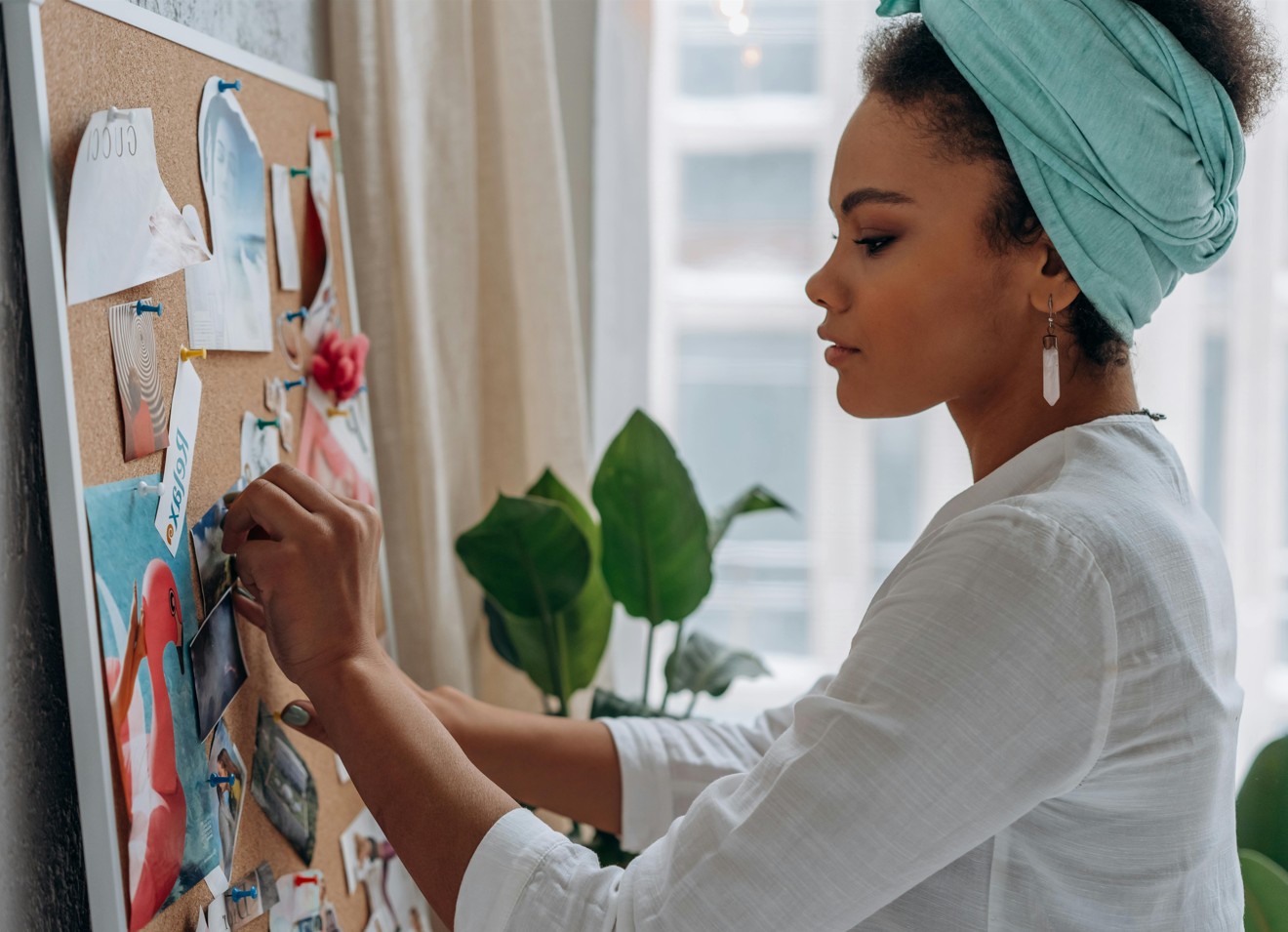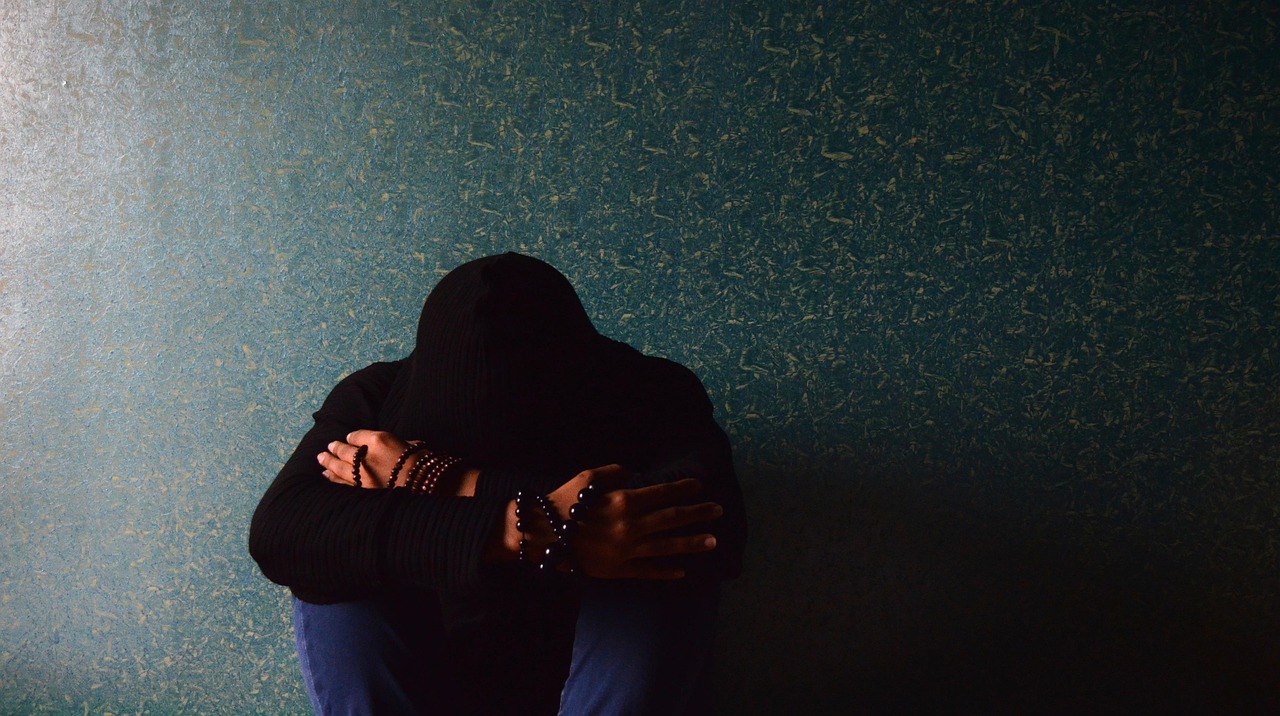What Even Is a Vision Board—And Do We Really Need One?
Let’s be honest—vision boards often get labeled as a little “woo-woo.” You know, cut out a bunch of magazine pictures, glue them to a poster board, and somehow your dream life shows up? We get the skepticism. But the truth is, when used intentionally, a vision board can be a powerful tool to keep us focused on what matters, motivated when things get hard, and connected to the bigger picture of where we’re headed.
We don’t need magic, crystals, or moonlight rituals. We need clarity, intention, and action—and that’s exactly what a well-crafted vision board can help us with. It’s not about “manifesting” without doing the work. It’s about visualizing what we want so we can stay aligned with our goals and create momentum in the right direction.
In this post, we’ll break down how to make a vision board that’s not just pretty, but purposeful. Whether you’re a first-timer or you’ve made a dozen before, we’re walking through the process step-by-step—no fluff, just real talk and practical strategies to help you bring your goals to life.
Why Vision Boards Actually Work (When Done Right)
The concept behind a vision board is rooted in something pretty simple: what we focus on, we move toward. It’s like setting your GPS. When we’re constantly reminded of what we want—visually, emotionally, and mentally—we’re more likely to make decisions that align with those goals.
This isn’t about staring at a picture of a beach house and hoping it appears. It’s about keeping our dreams visible so that we’re inspired to do the daily work that gets us there. And when we start feeling stuck, overwhelmed, or distracted? Our vision board pulls us back to center. It’s a visual accountability partner—one we can’t ignore.
Get Clear on What You Actually Want

Before we grab scissors or open Pinterest, let’s pause. The first step in creating a vision board that truly serves us is getting clear on what we want. And we mean clear. Not vague, not “maybe someday”—but real, specific, and personal.
Instead of saying, “I want more money,” we might ask ourselves, What does financial freedom actually look like for us? Is it paying off debt? Being able to travel? Starting a business? Buying a home?
Consider Your Core Categories
Think in terms of categories, too. Here are a few to consider:
- Career & Business: Promotions, new opportunities, work-life balance
- Finances: Saving goals, investments, paying off loans
- Health & Wellness: Mental health, physical fitness, nutrition
- Relationships: Family, friendships, romantic life
- Personal Growth: Confidence, learning, spiritual alignment
- Lifestyle: Travel, home environment, hobbies
We don’t have to hit every category, but taking a few minutes to journal or reflect on each can help us get specific. Clarity is power. When we know what we’re working toward, we can build a vision board that actually supports that path.
Gather Your Supplies or Digital Tools
Now that we have a sense of direction, let’s talk logistics. There are two main types of vision boards: physical and digital. Neither is better—it’s all about what feels most useful for us.
If we’re making a physical board, here’s what we’ll need:
- A poster board, cork board, or even a large sheet of paper
- Scissors, glue, tape, or pushpins
- Magazines, printed images, old books, or even personal photos
- Markers or pens for labeling
If we’re going digital, we might want to use:
- Pinterest (create a private or public vision board)
- Canva (create a custom collage)
- Google Slides or PowerPoint (super simple and accessible)
- Smartphone collage apps like PicCollage or Canva mobile
What matters most is that the format fits our lifestyle. If we’re constantly on the go, a digital board we can pull up on our phone might be perfect. If we’re more tactile or love seeing things in our workspace, a physical board makes sense.
Pick Images That Actually Inspire Action

This is the fun part—but it’s also where a lot of vision boards go wrong. We want more than just pretty pictures. We want images, words, and quotes that actually move us, that remind us why we’re doing the work.
Instead of choosing a random photo of a mansion, we could look for images that feel connected to our personal vision of “home.” Maybe it’s a cozy kitchen, a backyard for the kids, or a serene office space. The more emotionally connected we are to what we see, the more effective the vision board becomes.
Choose Images That Resonate Emotionally
We can mix in:
- Photos that evoke emotion (not just aesthetic)
- Affirmations or power statements that we believe (or want to believe)
- Milestones or metrics (like a screenshot of a bank balance goal or a logo of a dream company)
- Symbols that represent deeper intentions—like a passport for travel, or a sunrise for new beginnings
Every piece we add should answer the question: Does this reflect something I truly want and intend to work toward? If it doesn’t light us up or push us forward, we don’t need it.
Design It with Intention
Once we’ve gathered everything, it’s time to bring it all together. There’s no right or wrong way to organize a vision board, but we do want to be thoughtful about how it comes together.
We might choose to arrange things by category—health in one corner, finances in another—or go for a more freestyle layout. Some people put their biggest goal in the center and build out from there. Others layer things in the order they want to tackle them.
Here’s what matters: we want it to feel cohesive and energizing. When we look at our board, we should feel a sense of possibility and direction—not overwhelm. If it helps, we can leave space for new goals or updates throughout the year. A vision board isn’t a rigid contract—it’s a dynamic tool that evolves as we do.
Put It Where You’ll See It (and Use It!)

This step often gets overlooked, but it’s crucial. Once we’ve made our vision board, we need to actually see it. Regularly. Daily, if possible. Out of sight too often means out of mind.
If we made a physical board, let’s hang it in our bedroom, office, or anywhere we’ll naturally glance at it each morning. If it’s digital, let’s set it as our phone wallpaper or save it in a favorites folder we review each week.
And most importantly? Let’s interact with it. Look at it. Reflect on it. Let it remind us what matters when distractions or doubt creep in. A vision board works when we work with it—when we allow it to re-center us, re-motivate us, and keep our goals front and center.
Final Thoughts: A Vision Board Is a Starting Point, Not a Shortcut
Here’s the truth: a vision board won’t magically make our dreams come true. But it will help us stay focused on what we’re building. It keeps our eyes on the destination when the road gets messy, when we feel like quitting, or when we need a reminder of why we started.
It’s not about perfection or creating something Pinterest-worthy. It’s about clarity. It’s about alignment. It’s about showing up for ourselves—and creating a visual that reminds us that yes, what we want is possible, and yes, we’re capable of doing the work to get there.
So let’s make one. Let’s map it out, dream a little, and start crafting a vision we’re excited to pursue.
Let’s Make It Happen
Have you ever made a vision board before—or are you ready to try your first one? Drop a comment below and tell us what you’re putting on your board this year! And if this post helped you get inspired, share it with a friend who needs a fresh start. We’re all in this together. If this post helped you get inspired, check out more tools to stay inspired on our blog.
Discover more from Focused Expansion
Subscribe to get the latest posts sent to your email.




